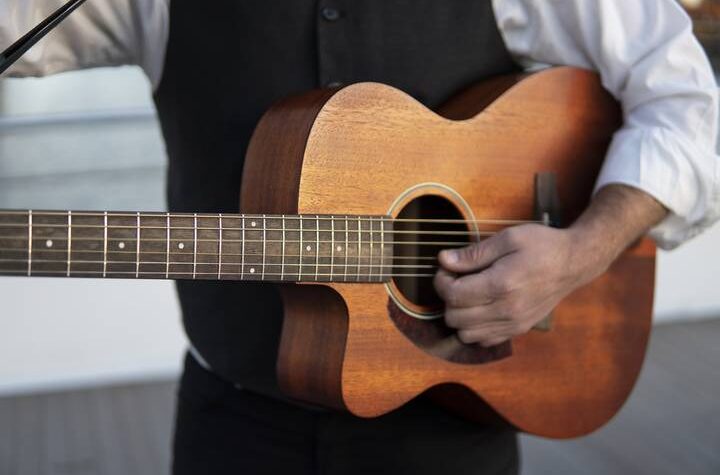A guitar is made to be damaged. It’s expected. Like it or not, if you play the guitar long enough, it will eventually be damaged somehow. It could be from dropping it, deliberate misuse, accidentally hitting it against the wall or falling over with it. While there is irreparable damage, most common guitar body damage is fixable with the right tools.
Here is how to repair guitar body damage and what you need.
Before Doing Any Repair Work, Prep
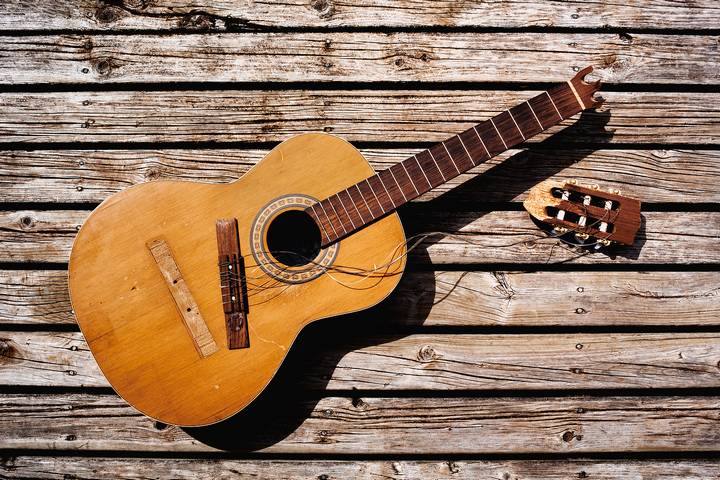
We don’t want to delve into how to repair a guitar before we say this. Prep the guitar. Clean and prepare the surface. All you need to do this is a clean rag. For peace of mind, you may want to de-string the guitar and do the whole guitar while you clean it.
The important part is to prep the area you will repair, ensuring that what you apply to the dust-free, debris-free guitar body surface performs as expected.
What Damage Will Affect Guitar Tone?
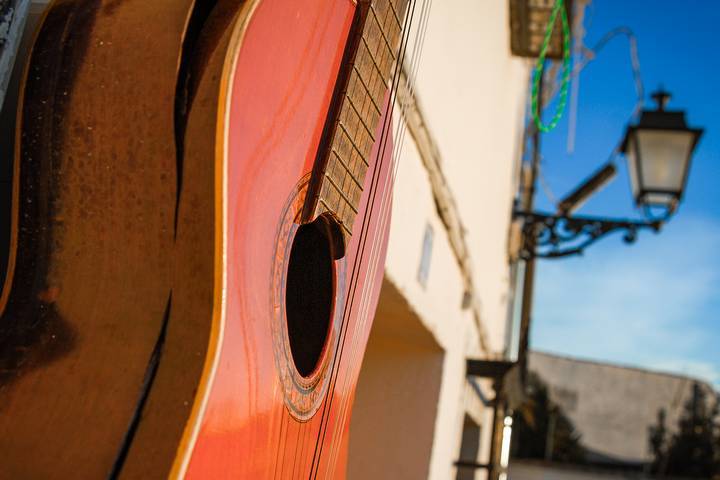
A simple dent or knick in the paint finish will not have any discernible effect on the tone or sound of your guitar. What will be a crack with some depth and length to it? A severe crack may or may not be able to be repaired, but what’s sure is that if it’s not repaired to some degree, your tone will be altered.
A crack, for example, can mean less sustain and less overall resonance, predominantly with an acoustic guitar. This can bother a lot of guitarists chasing after a very specific tone.
Please note a guitar that has been purposefully broken, smashed, or stepped on may be damaged to the point where repairing it is impossible.
Most Guitar Finish Cracks Are Repairable
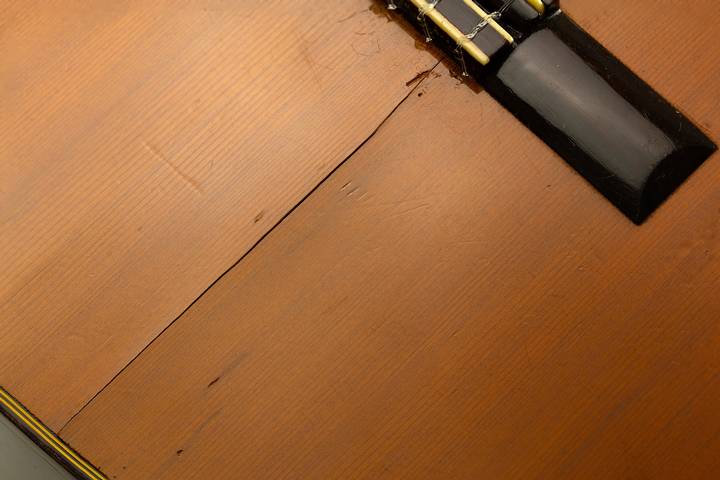
A finish crack occurs due to temperature changes, humidity or lack thereof, or can be from an impact. While cracks appear cosmetic in design, it breaks the seal. Moisture can now penetrate the wood, which is not a good thing. Whether it’s a nitrocellulose lacquer guitar finish or something else, invest the time to fix it if it has become cracked and damaged.
Use Wood Filler to Fix Cracks
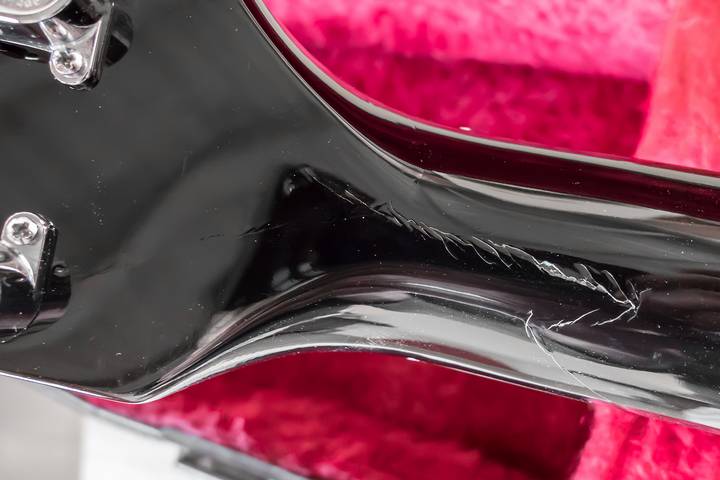
A simple fix for cracks and cosmetic defects in the body or neck is to fill in the cracks with wood filler. This inexpensive material will work for small cracks that are not too deep. Cover it in and over with wood filler.
Let it dry. Then, sand it down the area with medium-grit sandpaper to leave that smooth guitar finish we’re all used to having the body feel like.
Use Matching Color to Fix Paint Chips
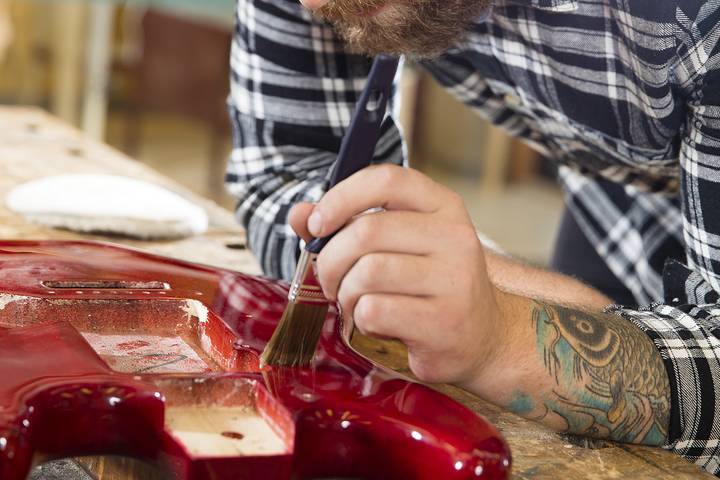
While some may sand down their guitar and refinish it if it’s damaged enough, if there are only one or two paint chips, you can repair paint chips by finding a matching colour. Apply and fill the chip carefully with a syringe.
Let it dry. The finish should raise slightly above the surface of the guitar body. It can also be sealed with a small amount of super glue if the clear coat layer is damaged.
Use Wood Glue for an Acoustic Guitar
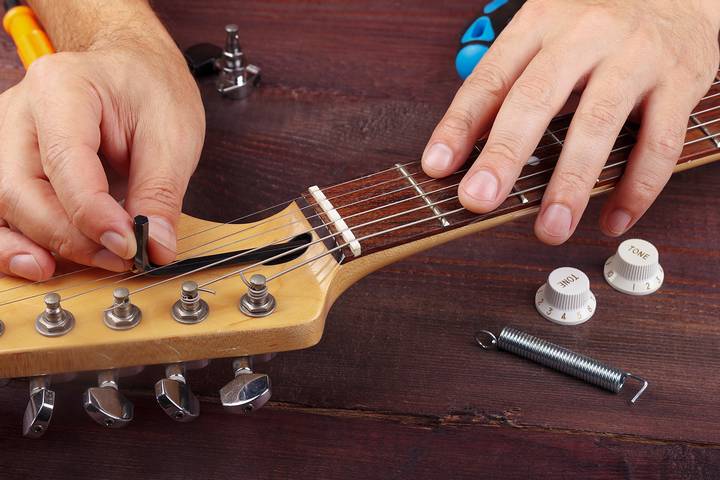
While this article predominantly references electric guitars, you can reattach broken pieces using wood glue if your acoustic guitar has major body damage. After applying the glue, you will need clamps to hold everything together while it dries.
While this works, if you have smashed up an acoustic guitar, attempting to put it back together can prove timely and near impossible.
Fix a Dent in the Guitar Body with a Plunger
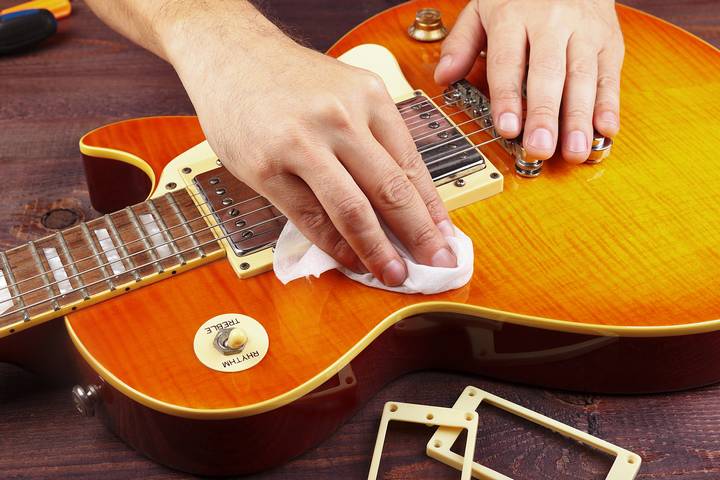
A plunger on a guitar may not be the performance you expected to deliver on the instrument but believe it or not. This is exactly how you pull out a dent. You are trying to push the dent out from the inside through this method.
Instead of a plunger, you can use a hairdryer or anything similar with suction. The risk here is that it can crack the paint finish if it’s done too forcefully.
Use Hide Glue to Make Major Body Repairs
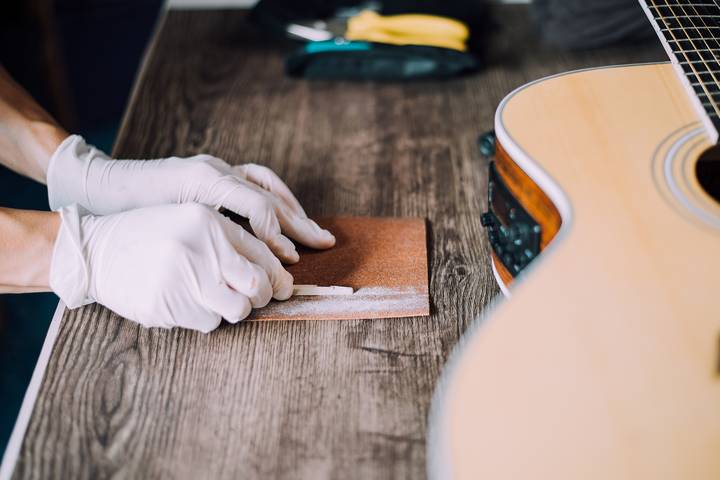
Use hot hide glue if you have large broken pieces that need rejoining or a similarly-sized project for your electric guitar. This is the luthiers’ choice for guitars. It has been used for centuries. Hide glue dries hard, is not prone to thermal plastic creep, and contains no solvents that could damage the guitar’s wood.
Sand It, Repaint It, and Stain It
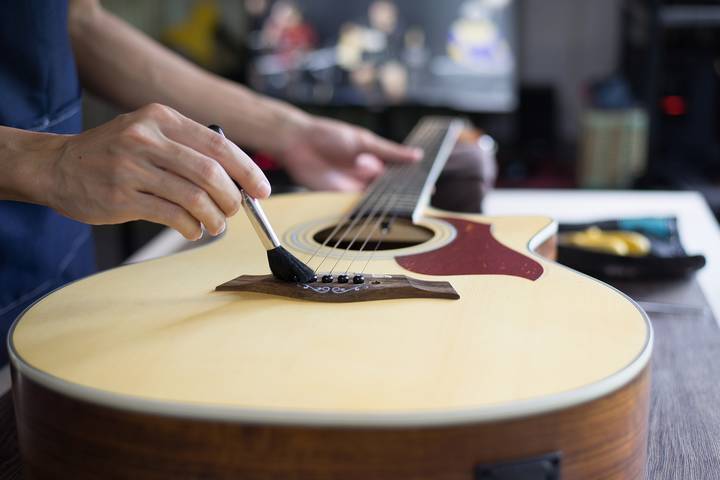
After guitar body damage repairs have been made, an issue that a lot of players face is that the guitar no longer resembles the finish it had. You may want to sand everything down, repaint it, and restain it again. This allows you to apply a nitrocellulose lacquer or a similarly high-quality guitar finish, dressing your instrument in a new aesthetic.

